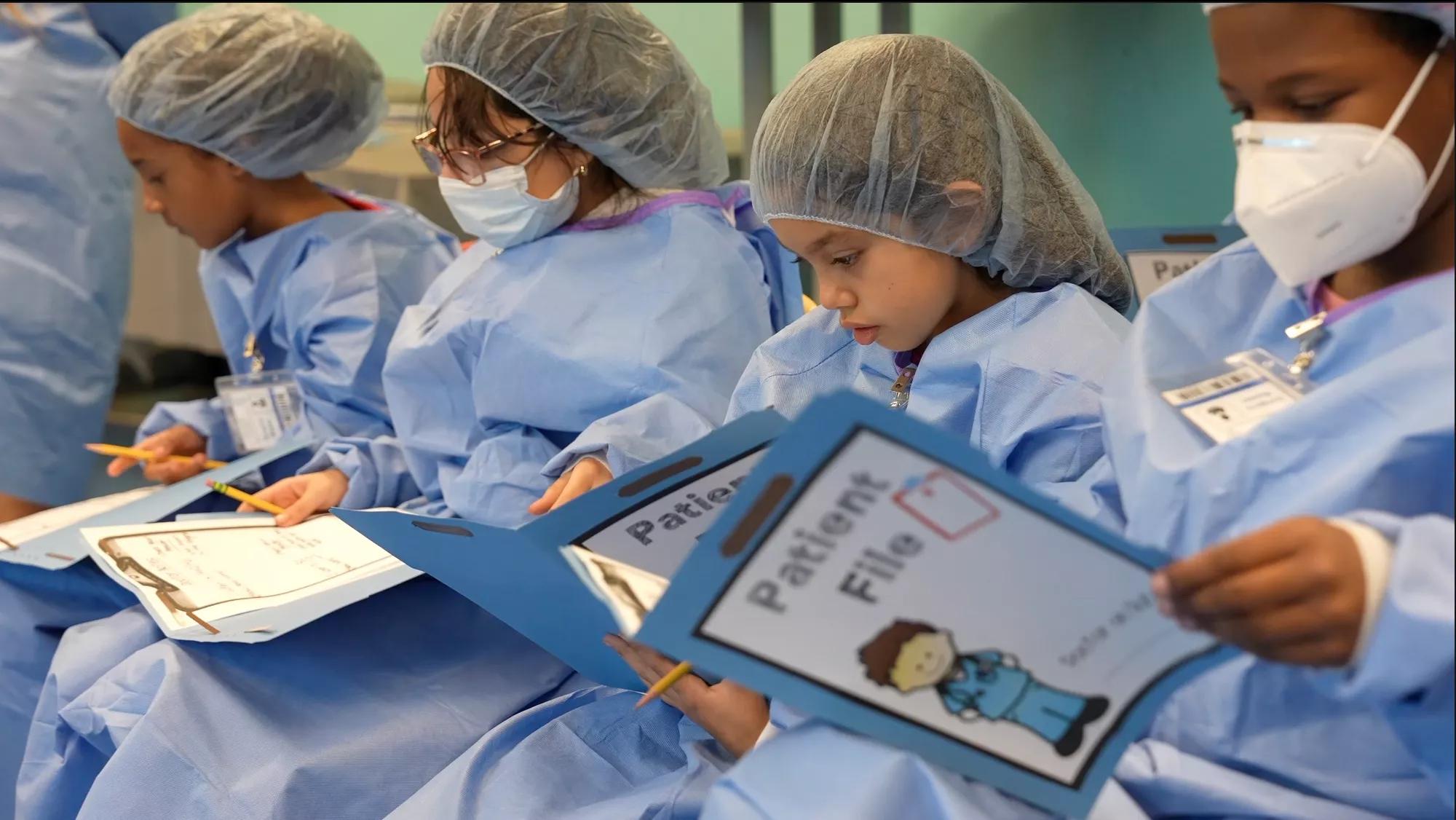(luiz11) Cell death, like apoptosis and autophagy, are natural processes. Cells die or recycle to make way for newer, more efficient ones. Your body expects these programmed cell deaths to happen. Necrosis (unexpected cell death from lack of blood flow) causes tissue death. When cell death doesn’t happen as it should, cancers and other problems occur.

Cell death occurs when cells in your body stop working and die. Cells in your body reproduce — a process called cell division or mitosis. Experts believe that healthy human cells can replicate or divide up to 60 times before cell death occurs. Your body is constantly making new cells to replace damaged and dying ones.
Natural cell death keeps your body healthy and functioning. Problems arise when cell death doesn’t happen as expected or cells die when they shouldn’t.
Cells are the structures that make up all living forms. In fact, your body has more than 30 trillion cells. Cells have three main parts:
Advertisement
Cleveland Clinic is a non-profit academic medical center. Advertising on our site helps support our mission. We do not endorse non-Cleveland Clinic products or services. Policy
There are many reasons cells die:
Cell death affects all of us — and that’s usually a good thing. Your skin sheds up to 40,000 dead cells every day. Your skin’s outer layer, the epidermis, constantly makes new skin cells to replace them. In other words, you wouldn’t have skin without this cell death.
There are three main types of cell death:
Apoptosis is a form of programmed cell death that happens when cells naturally self-destruct or die. With apoptosis or programmed cell death, cells die when they achieve maximum cell division and can no longer reproduce. This type of programmed cell death is healthy and expected.
An example of apoptosis occurs during pregnancy. Unnecessary cells between developing fetal fingers die. After cell death, the fingers can separate. If apoptosis doesn’t occur, a baby may be born with skin webbing between their fingers that fuses them together. This congenital hand difference is called syndactyly.
Apoptosis is an ongoing process. It rids your body of old, damaged cells so that younger, healthier cells can take their place. When something stops this programmed cell death from happening, old and damaged cells can uncontrollably reproduce. This is how tumors and cancers form.
Sometimes, there are problems with cell programming and cell death occurs when it shouldn’t. When you develop Parkinson’s disease, Huntington’s disease or Alzheimer’s disease, too many nerve cells or neurons in your nervous system die. This premature cell death affects your ability to think or move.
Autophagy is another form of programmed cell death. It typically occurs during times of stress or hunger. It’s your body’s way of breaking down and reusing old cell parts to make more efficient cells. You might think of autophagy as your body’s cellular recycling system.
During autophagy (which means self-devouring), a cell consumes old or damaged proteins and other substances in its cytoplasm. The cell then recycles these broken-down parts to support important cell functions.
Autophagy can be helpful when the recycling process assists your immune system in destroying infection-causing viruses and bacteria. It can also prevent healthy cells from becoming cancerous and may prevent other problems like heart disease.
On the other hand, autophagy can be bad if you have cancer. The recycling process provides extra nutrients to cancer cells, fueling their growth. Plus, the recycled cells may prevent cancer treatments from destroying the cancer cells.
Some people severely restrict calories or fast to induce autophagy and stimulate the production of younger, healthier cells. But there’s no evidence that this type of induced autophagy is successful. We do know that strict dietary restrictions can be unhealthy.
Necrosis is an accidental or unprogrammed cell death that causes tissue death. Trauma to a cell can cause its contents to leak and damage nearby cells. This can lead to inflammation and additional cell damage and death. Although your healthcare provider can remove the dead tissue, tissue death is irreversible.
Lack of blood flow and oxygen to certain areas of your body can cause this cell death. Necrosis also happens when you die because cells no longer receive blood, oxygen and nutrients.
Other causes of necrosis include:
Types of necrosis vary depending on the cause and affected body area. Common necrosis types include:
Advertisement
Activation-induced cell death (AICD) is a complication that occurs during the development of chimeric antigen receptor (CAR) T-cell therapy, a cancer treatment. It causes T-cells, a type of white blood cell that can help destroy cancer cells, to die before they should.
In CAR T-cell therapy, healthcare providers:
Unfortunately, the process of activating and growing these T-cells in a lab can bring on or induce cell death. Activation-induced cell death means there are fewer modified T-cells to fight cancer.
A note from Cleveland Clinic
While the term “cell death” might sound scary, it’s a natural body process that typically keeps you healthy. There are different types of cell death. During apoptosis, old, damaged cells die, allowing younger, healthier cells to take their place. With autophagy, cells recycle and reuse certain substances, so your cells work better. Unfortunately, not all cell death is good. Necrosis is a serious type that causes permanent tissue death. And sometimes, apoptosis and autophagy can contribute to illnesses like cancer. Your body is busy every day repairing damaged cells and making new ones to replace those affected by cell death.
Last reviewed on 09/28/2023.
Learn more about the Health Library and our editorial process.
Advertisement
Cleveland Clinic is a non-profit academic medical center. Advertising on our site helps support our mission. We do not endorse non-Cleveland Clinic products or services. Policy